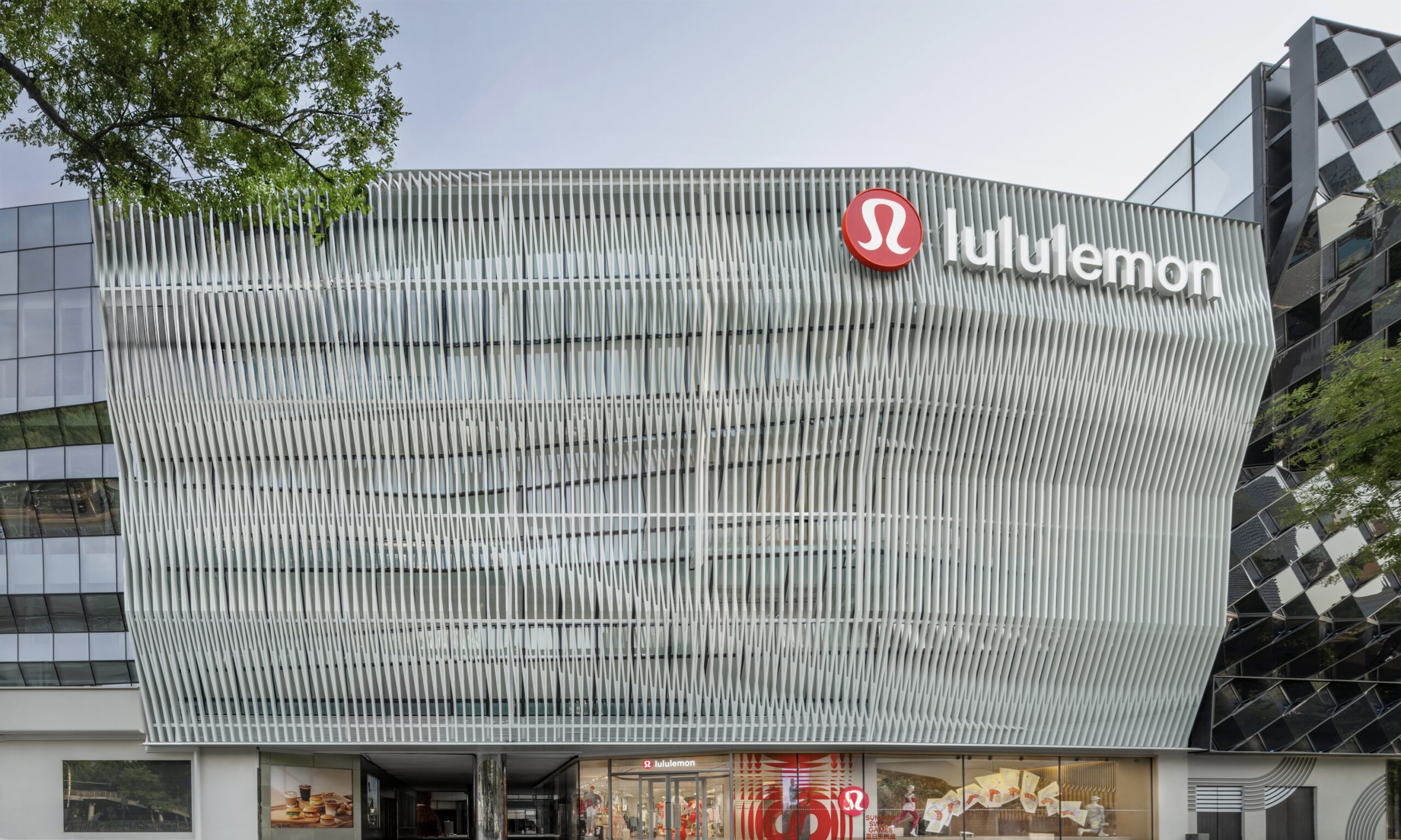- The Venture Canyon
- Posts
- Lululemon $LULU Outlook
Lululemon $LULU Outlook
A brief update on the view of Lululemon going into 2025

Summary
Lululemon is a top distributor and designer of athletic apparel, footwear, and accessories. They started in 1998 as a company focused on yoga but has since grown to running, training, tennis, golf, and more. Currently trading at a 25.4x forward P/E, Lulu stock has seen it all this year as the stock traded as low as 50% YTD in August. They are now trading at $379 and down 25% on the year.

Lululemon Stock Performance YTD
Company Overview
As mentioned above, Lulu is a premium designer of athletic wear. They are frequently credited with the rise of yoga pants, as their Align Pants have helped them generate a 2,610% gain since their IPO in mid-2007.
Lulu currently operates 749 stores worldwide, with its main locations being;
North America - 459 stores
China - 138 stores
Australia - 39 stores
Lulu focuses on e-commerce sales and sells through health clubs, fitness centers, and yoga studios. The brand has historically been female-dominated, but they have recently shifted to dual-gender.
In 2023 (FY 2024), Lulu made 79% of its revenue from America, 10% from China, and the rest from other areas. Its gross margin was 58%, and it brought in $9.6 billion of revenue in FY 2024. I think it’s important to mention that its margins are so strong because it doesn’t own any operating factories; Lulu outsources its production to over 60 suppliers in low-cost countries.
Recent Sentiment
$LULU has seen both the bad side of a bear case this year, let’s dive into their past earnings and the stock reaction.
Quarter 4 Management Estimates;
EPS: $5.56 - $5.64
Revenue: $3.48 Billion - $3.51 Billion
Quarter 3;
EPS: $2.87 vs. estimates of $2.69
Revenue: $2.4 Billion vs. estimates of $2.36 Billion
CEO Calvin Mcdonald stated that “Black Friday, we had the most visits ever to our shop app and e-commerce site.”
America’s comparable sales dropped by 2%; this region has been a big worry for investors as they see Lulu facing increased competition from brands such as Alo and Vuori.
In an athleisure market that’s growing at a 7% CAGR through 2028, investors see Lulu not having the dominance that they did in the 2010s as other brands have stepped up their game and we are seeing consumers look other ways.
Vuori has just raised $825 million at a $5.5 billion valuation. The raise was led by General Atlantic and Stripes.
Vuori seems to be on fire as according to CNBC, “As of the end of October, Vuori has grown sales by 23% so far this year at a time when the overall sportswear market is expected to grow by 4.3%. Last year, it grew 44% while the sportswear market expanded by only 2.4%.” Investors have questioned Vuori’s value proposition so maybe this is a short-term shift that won’t last but in the long term, it’s a lost customer from Lulu.

Customers say that Vuori’s quality and fit are reasons they keep coming back, on the other hand, Lulu has botched product launches and is seeing a slowdown in innovation.
In late July, Lulu pulled their “Breeze through Leggings” after customers complained of their fit. The product was launched earlier that month.
Alo is also taking market share and has the eyes of the younger consumer with its partnerships with Kendall and Kylie Jenner. This also shows the dynamic in retail and apparel brands right now, younger brands are adapting quickly to new environments while older brands continue to fail to innovate and get outplayed as a result. Businesses able to adapt to this will gain significant market share (Alo, Vuori). A prime example of this is Nike losing significant market share to On and Hoka.
Around 90% of Vuori stores and 84% of Alo stores in the United States are situated within half a mile of a Lululemon location.
Even Athleta, owned by Gap has seen growth this past quarter, comparable sales were up 5% as a result of a new product line and innovative marketing.
The competition is intensifying for Lulu and one of two things can happen in my opinion, the industry grows more than 7% which is very unlikely, or market share gets spread out to other players.
The surprise this quarter was international sales, which grew by 33%. Mainland China revenue grew 39% YoY, and a McKinsey strategist attributes this to consumers in China finally catching up with the health and wellness trends that Americans have been following the past decade.
Lulu raised guidance a tad, and the stock soared almost 10% fueled by the beats and increased guidance. The earnings call also reassured investors that innovation isn’t a problem even though Sun Choe, their Chief Product Officer of 5+ years, was leaving to go to Vans. Their stock dropped 7% when this news was reported in May 2024.
Going into 2025
I think the consensus is the bear case, the bear case for Lulu has played out this year, investors fear that Lulu has peaked. A VIC post by TrojansFightOn states this thesis clearly: Lulu has started to explore product lines in other categories, such as golf and tennis. They are looking for a second curve of growth, and this has been seen in brands such as Under Armour, whose stock has been down 59% over the past five years.
Lulu’s gross margin of 60% and EBIT margin of 25% stand well above its peers of 45% and 12% respectively. A Jefferies analyst noted that these metrics “could hit a wall and inflect negatively.”
Investors fear that growth in America is becoming stagnant and that international sales won’t be able to make up for it. Since the apparel industry is so dependent on trends, the simple bull case for the stock is a product revival like the one seen in Abercrombie & Fitch over the past couple of years.

Reply